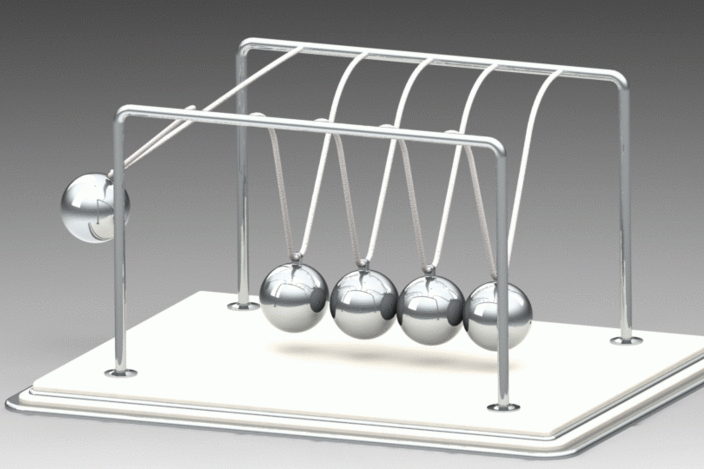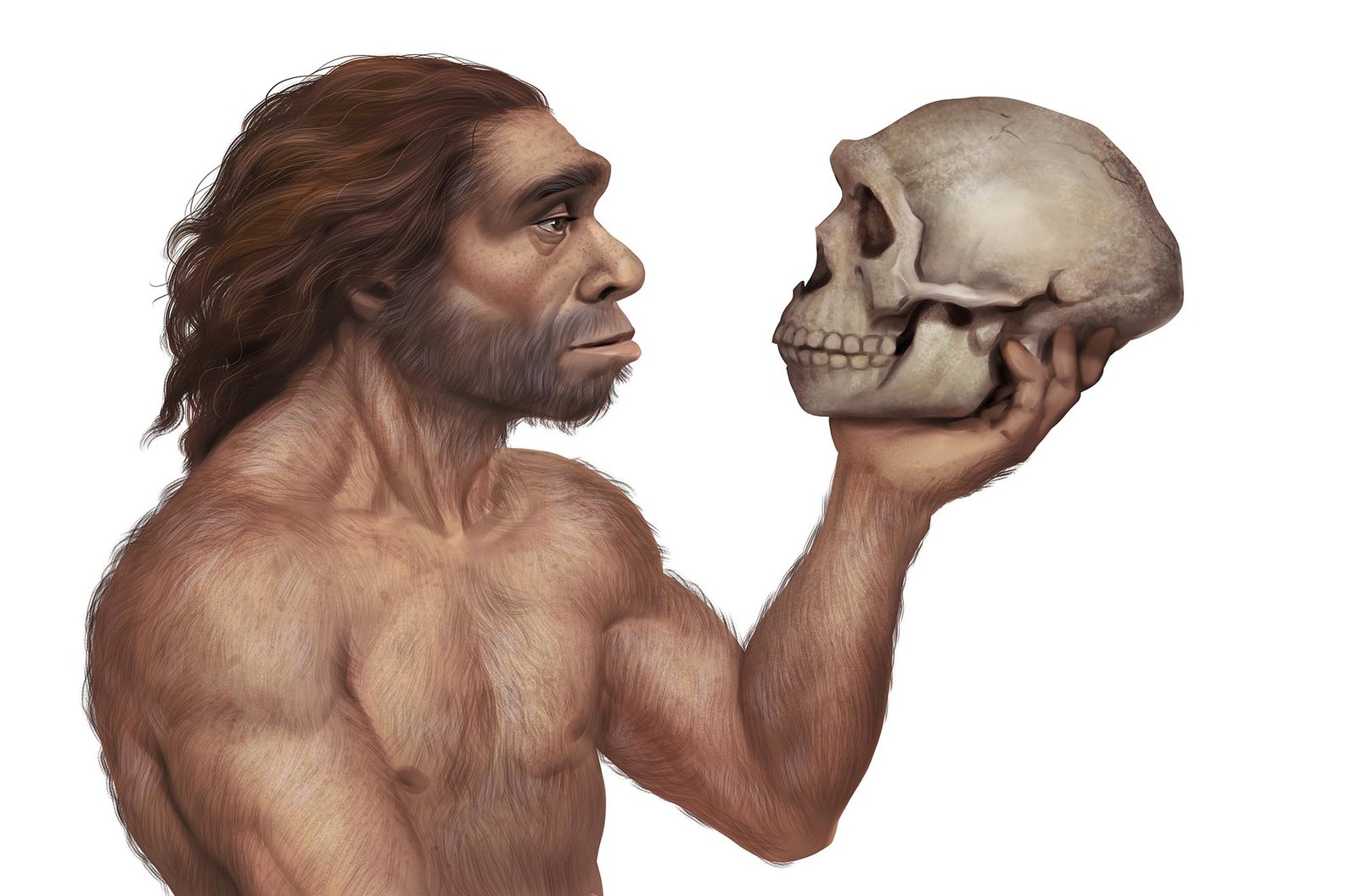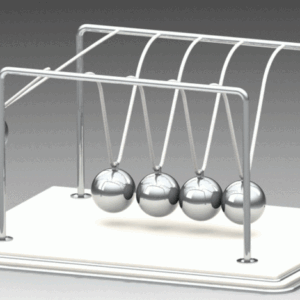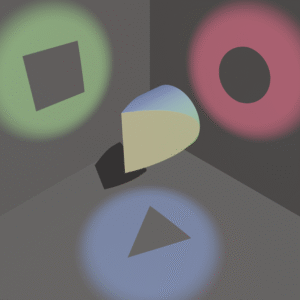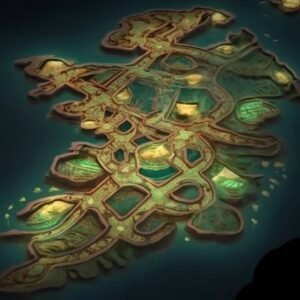Now Reading: Scientific Theory
-
01
Scientific Theory
Scientific Theory

Whether you observe one or the other phenomenon will depend on the theory used. Albert Einstein.
Everything consists of something, including scientific theory. In science, a distinction is made between – hypothesis, theory and law.
In the beginning, there is an observation/or fact that is tried to be explained by – hypothesis. If the hypothesis turns out to be accurate or successful, then its further development takes place – Theory.
If what is presented in the theory reaches a certain ironcladness, then it becomes a law.
One of the most important things in science is – theory. Scientific theory. It doesn’t matter if it is physics, chemistry, medicine, history, biology, jurisprudence or any other discipline. Scientific theory is necessary for every field that tries to explain and predict something by substantiating it.
There is such a thing as a scientific fact. There is such a thing as an empirical fact.
What is the difference between them?
Let’s assume that you go out in the evening and observe the Sun. At 6 pm, it will be at one point in the sky. At 7 pm, it will be at another point, but by 9 pm it will have completely set.

Observing the movement of the Sun, what conclusion will follow – the Sun moves around the Earth. By the way, this was also believed for a long time. This is an example of an empirical fact. How to distinguish – a scientific fact from an empirical fact?
Einstein once said – whether you observe one phenomenon or another will depend on the theory that you use.
That is, if you apply the theory that the Sun revolves around the Earth, then you will see that the Sun revolves around the Earth. If – you accumulate knowledge, learn every celestial body in the solar system, their motion trajectories and apply the theory that the earth revolves around the sun, then we will observe the phenomenon that the earth revolves around the sun… A classic definition of a scientific fact is something like this:
A scientific fact is an empirical reality that is included in one or another scientific theory.
This means – facts outside of a scientific theory are empirical facts. They are not scientific and can provide a false understanding. In other words – outside of a scientific theory, there tend to be no scientific facts. An empirical fact is not science. By including an empirical fact in a scientific theory, it becomes a scientific fact.
A situation is possible when one empirical fact is included in several scientific theories. And here a problem arises – how to choose the most correct one from several scientific theories? How to decide which theory is correct, more accurate or fairer? Not in all cases it is possible to set up an experiment. Not in all cases, an experiment can provide an unambiguous and precise answer.
There are several principles for choosing among several theories in a scientific spirit.
• Principled testability;
• Ability to predict;
• Maximum comprehensiveness;
• Positive or negative heritability;
• Principled simplicity and the principle of Occam’s razor.
Principled testability means that a theory can be tested. That is, if one theory cannot be tested, but another is, then the other will be chosen.
Ability to predict. A theory describes something. Based on this description, the theory predicts certain things. If one theory predicts less than another, then the one that predicts more is usually used.
Maximum comprehensiveness. Every theory contains facts. Many facts. These facts must explain certain things and cannot contradict the phenomenon/observation (phenomenon) that it describes. However, from time to time a fact is discovered that does not fit into the framework of a scientific theory. Facts that do not fit into the theory are added to separate theories – ad hoc hypotheses, which explain this or that phenomenon, but are outside the scientific theory. But if a theory explains all or more facts, consequences and interactions, then this is also the maximum comprehensiveness.
Positive or negative heritability means:
- Positive heritability is when a theory is built on the basis of a previous theory;
- Negative heritability is when the starting point is from the previous theory, but the new theory cancels it, for example – Newton’s theory was canceled, in Einstein’s theory.
Principled simplicity and the principle of Occam’s razor In Latin it sounds like this – “Pluralitas non est ponenda sine neccesitate” – you should not multiply the essence more than necessary. A better theory is one that uses fewer axioms. If you explain a phenomenon and say that the cause of the phenomenon is A), B) and C), but someone comes and says, no, the cause is only D), then that is also accepted.
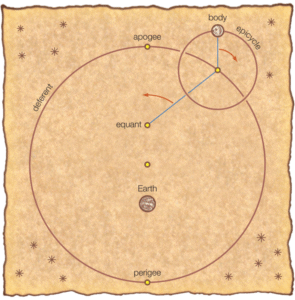
Ptolemaic system
For example, how did understandings and theories about the structure of the Solar System develop?
In the beginning, there was the Ptolemaic theory, which predicted that the Sun and other celestial bodies revolve around the Earth. It was called the Geocentric model. However, with the development of telescopes and telescopes, scientists began to accumulate more and more facts that did not fit into this theory. They tried very hard to preserve it. The Church supported it with its entire repressive apparatus. Therefore, it was thought that inaccuracies in observations arise from the fact that there is a point – the Epicycle.
The planets revolve around the Earth and around this Epicycle. That is why inaccuracies arise in observations.
For many years, the problem was solved. However, in the 17th century, technology developed quickly and it turned out that the Epicycle point did not solve the problem either. Then the next point was introduced – Differential.
In the new model – the Sun and planets orbita around the Sun, all together they revolve around the Epicycle and together with the Epicycle, they revolve around the Diferent point.
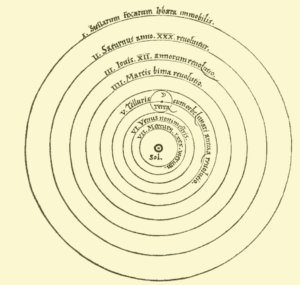
Copernicus theory
Ad Hoc vivid example.
Then Copernicus came and announced that neither an epicycle nor a différent is needed, if we assume that the Earth and other planets revolve around the Sun.
This is what was initially believed – A), B) and C). Then Copernicus came and said, no, it is D).
The only thing Copernicus was wrong about, but it was, historically formed due to aesthetic considerations – he believed that the planets revolve around the Sun in a circular orbit and not in an ellipse.
The epicycle and the différent were cut off by the principle of Occam’s razor.
In astronomy, the most difficult thing was to deviate from Aristotle’s principle of the movement of celestial bodies in ideal circles. This was done by the German astronomer Johannes Kepler, who discovered that the planets move in ellipses. He formulated three laws of planetary motion, on the basis of which a new branch of astronomy later emerged – celestial mechanics.
However, at this time, thanks to Newton’s research, it was already clear that the Universe is much wider and cannot rotate around the Sun in any way, so the theory of heliocentrism remained in the history of science as one of the hypotheses about the structure of the world that existed in the Middle Ages.

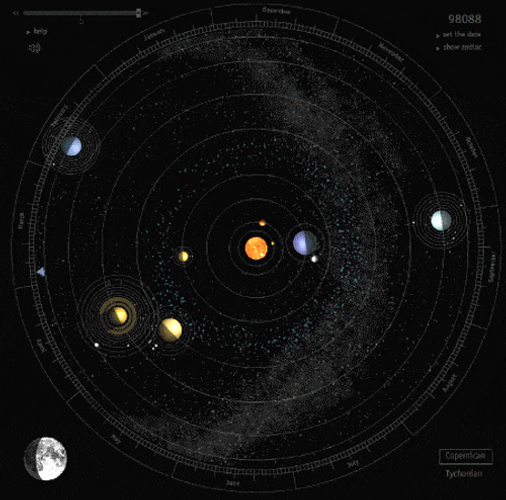
Depending on the amount of facts, their systematicity and concreteness – the evolution of the accumulation of factology occurs in the direction: hypothesis – scientific theory – law.
If the observed facts accumulate, they are tried to be explained by hypotheses. The next stage of development of a hypothesis is a scientific theory. Usually, it includes more facts, hypotheses and systematizes them into a single whole with a unified explanation and prediction. If over time, new facts do not appear that complement and develop the theory, but it describes the specific phenomenon in full, the scientific theory remains a Law.



